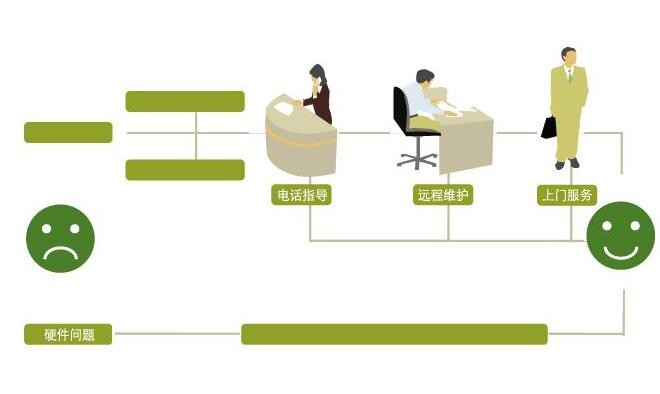In this article, we will explore how to say "to read" in English. We will discuss the different forms of the word and provide examples for each. The article is pided into four sections: the base form of "to read," variations in verb tense, related nouns, and idiomatic expressions. Finally, we will conclude by summarizing the various ways to express "to read" in English.

In English, the base form of "to read" is a versatile verb that can be used in various contexts. For example, we can say "I like to read books" or "She reads the newspaper every morning." The base form can be used with different subjects and in different tenses, allowing for flexibility in expressing actions related to reading.

Furthermore, "to read" can also be used as a transitive verb. For instance, we can say "He reads a story to his children" or "They read the instructions carefully." In these examples, the object of the verb is specified, adding further clarity to the action of reading.

Additionally, the base form of "to read" also serves as an infinitive, allowing it to be used with modal verbs in various constructions. For instance, we can say "I want to read" or "They have to read." The infinitive form of "to read" helps convey intention or necessity related to reading.

When discussing the past tense of "to read," we use the form "read." For example, we can say "I read a great book yesterday" or "She read all night." The past participle form of "to read" is also "read," as in "I have read that article" or "They had read the instructions before starting."

When expressing actions that will happen in the future, we use the form "will read." For instance, we can say "She will read the novel next week" or "We will read the poem aloud." The future tense allows us to talk about upcoming reading activities.

To indicate ongoing actions in the present, we use the form "is reading" or "are reading." For example, we can say "He is reading a magazine" or "They are reading different genres." The present continuous tense captures the act of reading in progress.

The noun form of "to read" is "reading." It can refer to the activity of reading, such as in the sentence "Her reading habits have improved." Additionally, "reading" can also refer to written material intended for reading, as in "I have a pile of interesting readings for my literature class."

Furthermore, "reader" can refer to a person who reads, such as in the sentence "She is an avid reader." In this context, it describes someone who enjoys reading or engages in reading regularly.

Lastly, the noun "readability" is used to describe the ease or difficulty of reading a particular text. For example, we might say "The novel has high readability, making it accessible to a wide range of readers." In this case, "readability" focuses on the comprehension level required to engage with a written work.

"To read between the lines" is an idiomatic expression that means to understand a hidden or implied meaning in a text or situation. For example, we can say "She was able to read between the lines and decipher his true intentions." It emphasizes the ability to grasp subtext or underlying messages.

Another idiomatic expression involving "to read" is "to read someone like a book." This phrase means to understand someone's thoughts, feelings, or intentions easily. For instance, we can say "He is very transparent, and I can read him like a book." This expression highlights the ability to perceive someone's true nature or motives quickly.

Lastly, "to read up on" means to study or gather information about a particular subject. For example, we can say "I need to read up on current events before the meeting" or "He always reads up on a topic before discussing it." This phrase emphasizes the act of acquiring knowledge through reading.

In conclusion, the verb "to read" in English has various forms and uses. The base form allows for flexibility in describing different actions related to reading, while the variations in verb tense help express actions in the past, present, and future. The related nouns "reading," "reader," and "readability" provide additional avenues of discussion. Lastly, the idiomatic expressions involving "to read" add depth and nuance to the language. With all of these options, English speakers can express the act of reading in a multitude of ways, making the language rich with possibilities.
标题:怎样如何用英语怎么说读(How to say 'to read' in English)
地址:http://www.hmhjcl.com/bigualu/118793.html

